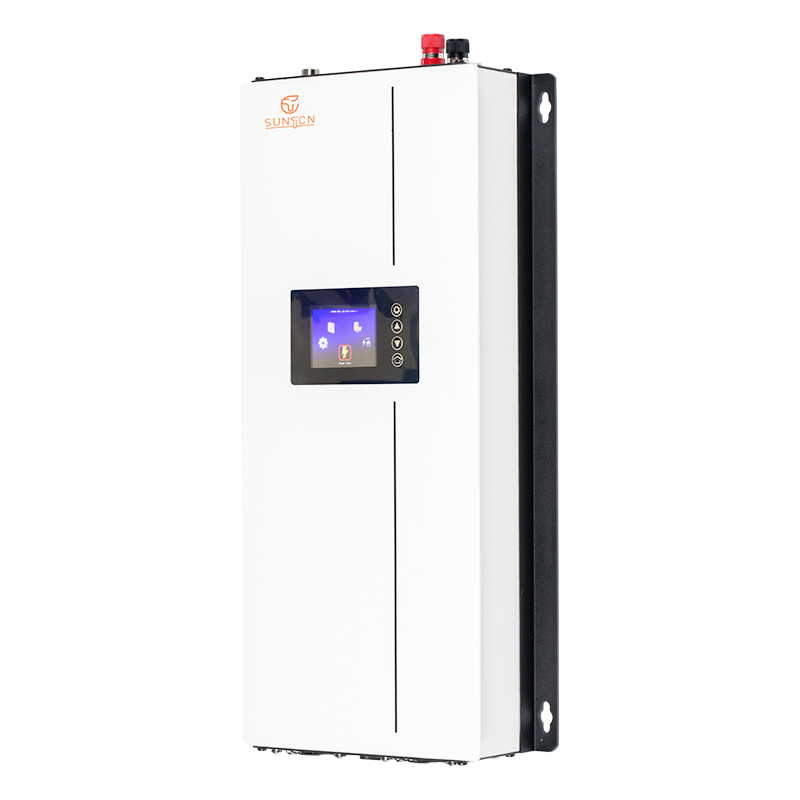Solar Grid Tie Inverter is one of the core components in solar power generation systems. It is responsible for converting the direct current (DC) generated by solar panels into alternating current (AC) that can be used by the grid and integrating it into the public grid. As the global demand for renewable energy grows, solar grid tie inverters play a vital role in energy management and environmental protection. This article will explore the functions, working principles, advantages, application scenarios and future development trends of solar grid tie inverters.
The main function of solar grid tie inverters is to convert the direct current generated by solar panels into alternating current that is synchronized with the public grid and ensure the quality and stability of the output power. Inverters are not just a simple power converter, but also have a variety of important functions, including:
Grid tie inverters monitor the voltage and frequency of the grid to ensure that the output AC power can be synchronized with the grid to avoid impact on the grid.

Through MPPT technology, the inverter can optimize the output of solar panels in real time, so that the system can output maximum power under different lighting conditions and improve the overall power generation efficiency.
Grid-connected inverters are usually equipped with a variety of protection mechanisms, such as overvoltage protection, overload protection, short-circuit protection, and island protection (preventing continued power supply to the grid when the grid is out of power) to ensure the safe operation of the system.
The inverter can record power generation data and interact with the smart grid to help users optimize energy use and power output.
Modern solar grid-connected inverters usually have high energy conversion efficiency, which can maximize the power generation of solar systems and reduce energy losses.
Grid-connected inverters support the direct transmission of renewable energy to the grid, reduce dependence on traditional fossil fuels, reduce carbon emissions, and promote the development of green energy.
By selling excess solar power back to the grid, users can obtain electricity subsidies and achieve economic benefits. In addition, the grid-connected system avoids the high cost of energy storage systems, further reducing initial investment.
Advanced grid-connected inverters have stable operating performance and long life design, which can provide reliable power output for a long time and reduce maintenance requirements.
As a key device connecting renewable energy and the public power grid, solar grid-connected inverters will play an increasingly important role in promoting global energy transformation. As technology advances and applications expand, solar grid-tied inverters will continue to help achieve a clean, sustainable energy future.

 English
English Español
Español Deutsch
Deutsch










